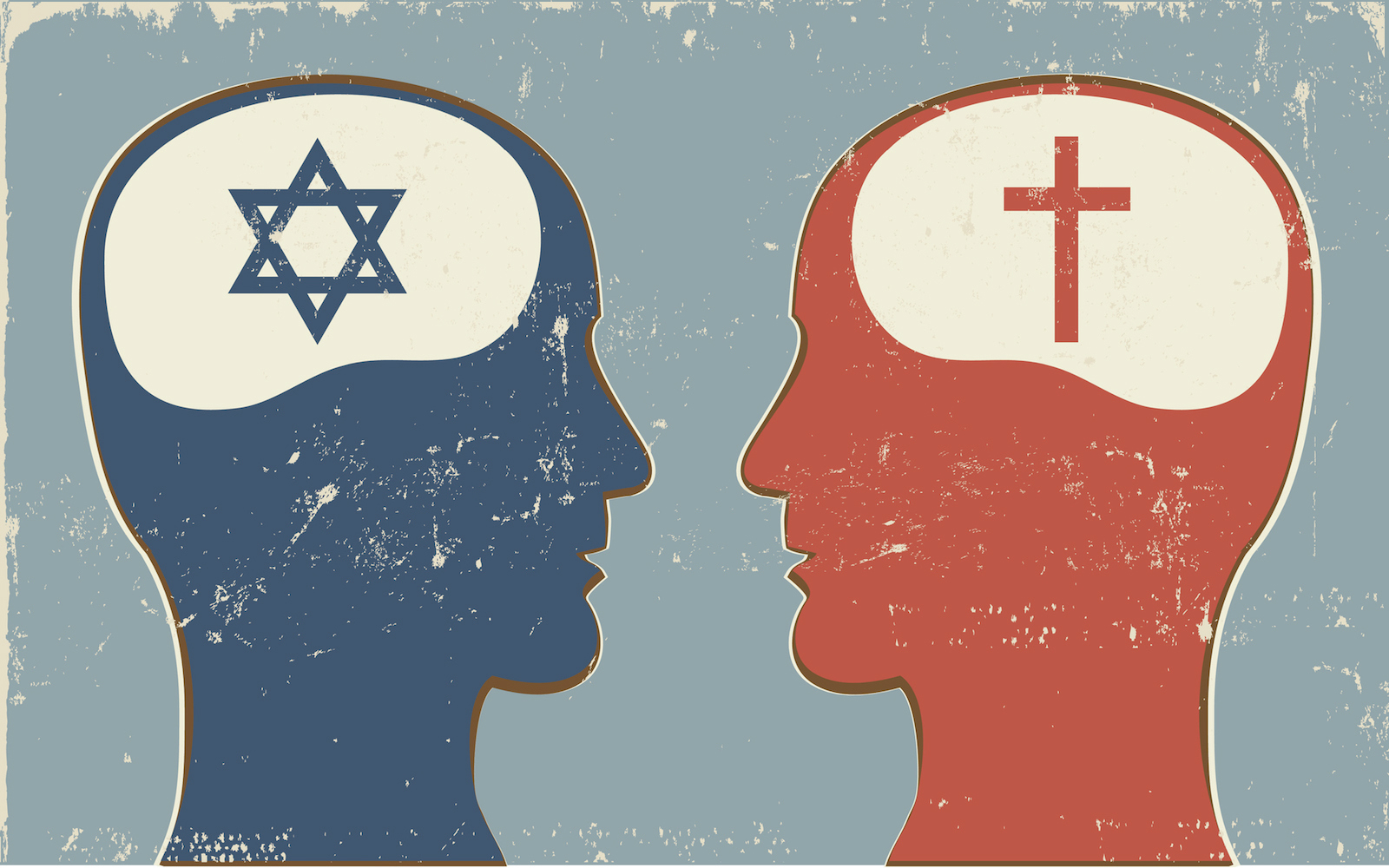The Romans relied on religion, not science, to explain their world. The increasing pessimism of the late Roman Empire fostered the growth of astrology, religious cults promising personal salvation, and mystical philosophy.
The Jews under Roman rule were hard to control and divided among various political and religious factions. Many Jews believed in the imminent coming of some sort of deliverer, or Messiah.
Christianity began as a Jewish movement. Paul separated Christianity from Judaism and spread its beliefs throughout much of the Empire.
Roman persecution of Christianity was intermittent. It arose because the Christians’ refusal to sacrifice to the emperor threatened the unity of the Empire. Despite persecution, Christianity continued to spread.
Constantine ended the persecution in A.D. 312. The emperor Theodosius made Christianity the official religion of the Empire in 380.
In the West the bishop of Rome (the pope) became the surviving symbol of the old Roman sense of order and authority. He was head of the church and an important political figure. In the East the emperor at Constantinople usually acted as the real head of both church and state.
Monasticism arose out of the desire of some Christian believers to escape the temptations of the world. The rule of St. Benedict became the basis for most monasteries in the West.
The development of a complex Christian theology gave rise to many heresies in the early church, which led to both political and theological controversy.
Augustine of Hippo was the most influential figure in the early church. His writings have continued to influence Christians, and his doctrine of predestination was one of the bases of Protestantism.
Christianity had beliefs in common with its rivals, the other mystical religions and philosophic movements. Christianity succeeded because it set itself against the earthly compromises of paganism and the dryness of later pagan philosophy and because it retained much pagan religious practice and philosophic thought.

